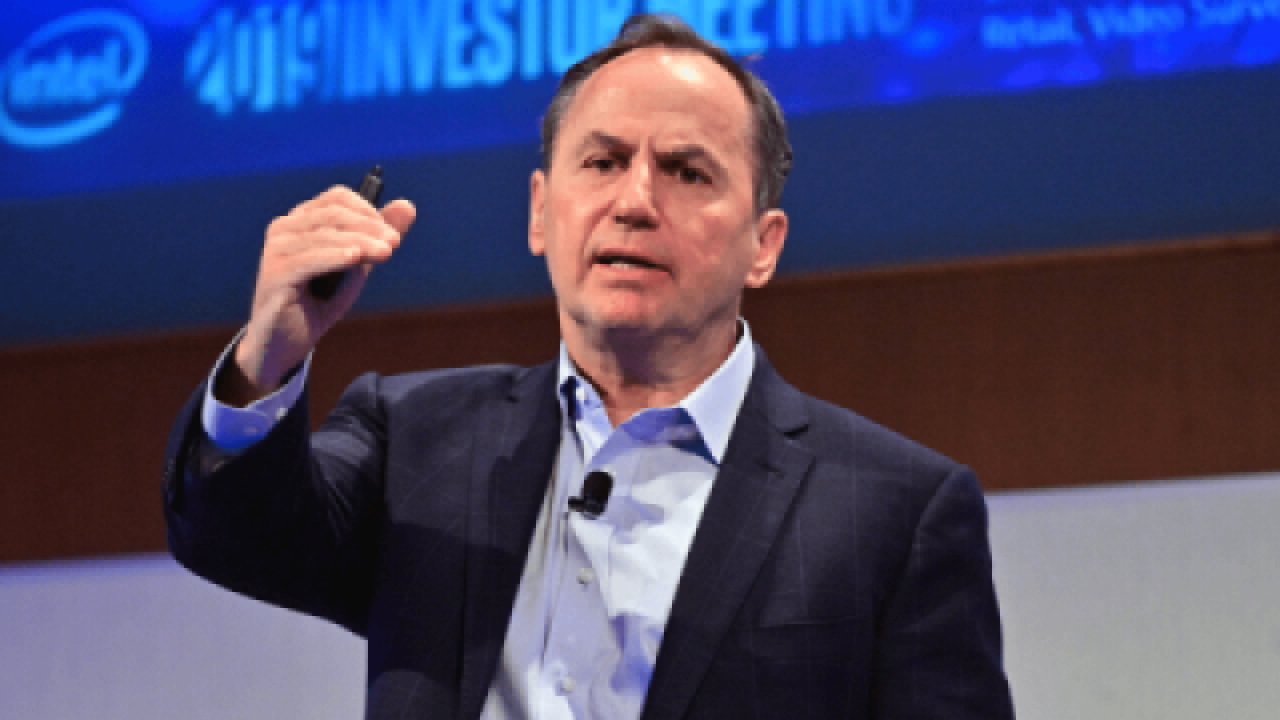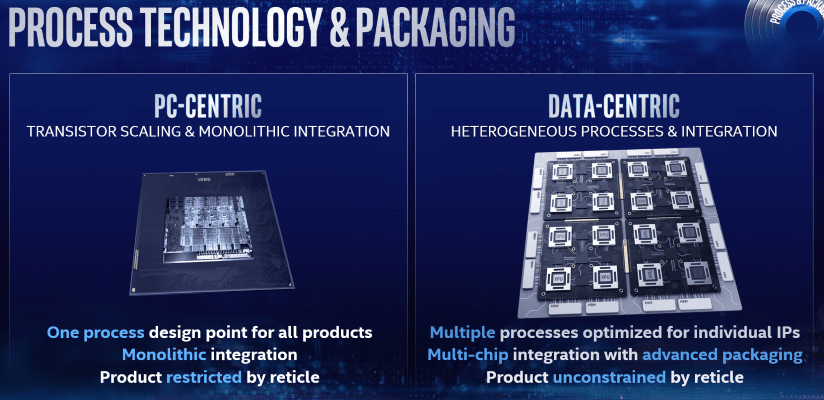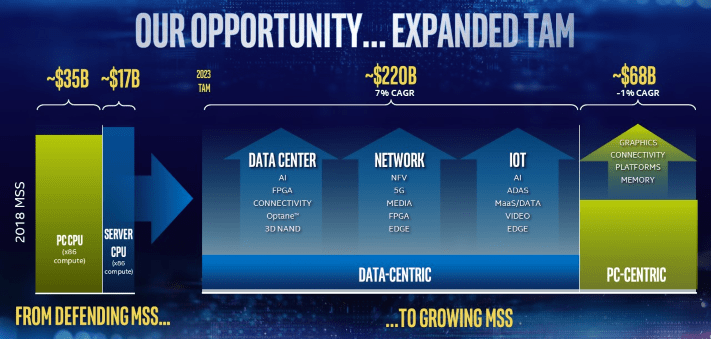Users Must Wait Until 2021 for Intel’s 7-nm
Article By : Dylan McGrath

With yield woes contained, executives say the company will meet its holiday season target.
After a long delay, Intel will start shipping its first 10-nm processors in June, consistent with the schedule the company has been communicating since last year, executives said.
Intel also plans to begin shipping 7-nm processors in 2021, executives told analysts at the company's annual investor day. The 7-nm process technology will mark Intel's first use of extreme ultraviolet (EUV) lithography.
Recommended
Intel Demonstrates 3D Packaging Technology Foveros
Murthy Renduchintala, Intel's chief engineering officer and president of the company's Technology, Systems Architecture and Client Group, reiterated that Intel's first 10-nm processors to ship will be its Ice Lake notebook PC processors. Renduchintala added that Intel plans to launch several 10-nm products in 2019 and 2020.
The timing of 10-nm shipments has been an issue that Intel has grappled with for more than a year. Difficulties with ramping up the yield of 10-nm to acceptable production levels have caused a lengthy delay in the rollout of the chips, which were initially targeted for release in 2016. Intel's delays at 10-nm have contributed to the company losing some market share to longtime PC processor rival AMD, which plans to begin shipping 7-nm chips later this year.
Renduchintala told investors that the company's 7-nm process technology is expected to provide about 20% increase in performance per watt with a 4x reduction in design rule complexity.
Intel's first 7-nm product is expected to be a general-purpose GPU for data center AI and high-performance computing based on Intel's Xe architecture. It will follow the launch of Intel's first discrete GPU, which is expected next year.

The 7-nm GPU will be available in Intel's advanced Foveros and EMIB packages, Renduchintala said. "Intel is developing the world's leading portfolio of advanced packaging technologies," Renduchintala said.
Last December, Intel introduced Foveros, a new 3D packaging technology for face-to-face stacking of logic. The technology, which is expected to be available next year, is an early example of a broader push by the semiconductor industry toward heterogeneous integration — separately manufactured silicon and non-silicon components integrated into a three-dimensional system-in-a-package.
As with prior nodes, Intel plans to release intra-node optimizations at 7 nm. The company is targeting a 7-nm+ process in 2022 and a 7-nm++ in 2023.
Renduchintala said Intel is undergoing a transition from its historical "tick-tock" cadence of chip scaling toward a new model of innovation that goes beyond brute-force scaling. This will involve the incorporation of new process technologies and new packaging technologies to integrate individual IC blocks — or chiplets — into a heterogeneous device. "Intel is expanding the formula of integration well beyond the single die," he said.
Renduchintala also said Intel's future performance gains will be driven by innovations in six areas: process and packaging, architecture, memory, interconnect, security and software.

Also at the investor day, Intel CEO Bob Swan sketched out the company's plans and goals over the next several years. Intel will continue its ongoing transition from a "PC-centric" company to a "data-centric" company, supplying more chips for a broader array of end products.
Swan said Intel foresees growing annual sales from $70.8 billion last year to about $85 billion in 2022 or 2023. He said the broadening of the company's product portfolio will enable Intel to grow its total addressable market from a little over $52 billion in PC and server chips last year to nearly $300 billion by 2023 across the data center, IoT, network and PC sectors.

"We are very focused on leading technology inflections that will accelerate and create demand for data — AI, 5G and autonomous [driving]," Swan said. "We believe in an expanded market opportunity we can play a bigger role in the success of our customers."
Navin Shenoy, executive vice president and general manager of Intel's Data Center Group, announced that the company would increase the pace of releases for new Xeon CPUs to every four to five quarters from every five to seven quarters previously.
Subscribe to Newsletter
Test Qr code text s ss


